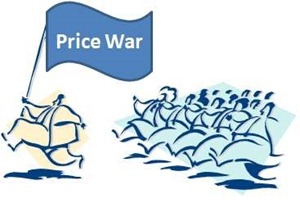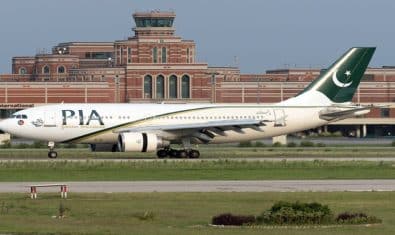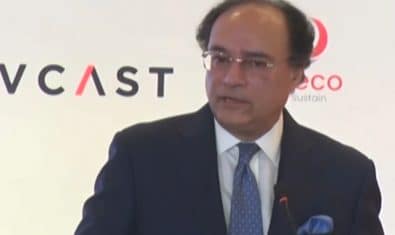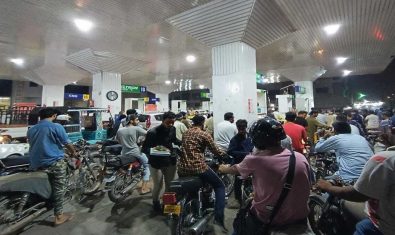
In fact, the words ‘unlimited’ and ‘free’ have become the common catchphrase for each cellco to push its old product in new packaging, with the asterisk always there to point out the tiny words of terms and conditions for fair usage.
What has been lacking for a few years now is ‘Oomph’. The lack of innovation and strategizing has placed the local cellular industry in a similar phase of slumber like the governmental bodies that we so adore with profanity.
For a private organization in an ever-changing industry, it is hard to fathom the reluctance to introduce new technologies and services that should usually diversify revenue streams. Instead, it seems that all players are happy milking as much as possible with what they have, in knowledge that the consumer has limited choice for worldwide parity.
The debate of 3G in Pakistan has become as redundant as the talk of mergers and consolidation. Many analysts have concluded that the local market has reached its saturation point, with further growth at exponential levels quite unlikely.
At the same time, the estimated cost of a 3G license and resultant investment in infrastructure is unlikely to be feasible seeing the current economic climate of the country.
The demand for faster data services and video calling is there in short pangs, but it is downed by the demand for better quality of the already provided services. After all, one would rather have the comfort of having a call connected with the right person in the first go, or having an SMS delivered promptly to the recipient once only.
Add to the above the low number of consumers utilizing the power of mobile data -the recent ramp-up of smartphone devices to push this feature is likely to have a positive incremental effect on the numbers, but they still fall far short of providing any viable return on the large-scale investment of 3G.
Comparisons with our neighbor across the border seem unbalanced; India has 15 cellular service operators for the 1.3 billion plus populace, while we have 5 for our 180 million. Taking into context the GDP and literacy rates, it is harder to justify any sound reasoning for introducing something as expensive as 3G.
After a couple of years of talks of possible local mergers or acquisitions, it seems all has returned to the old norm. Warid, the speculated exit party from Pakistan, has committed to resume its independent run by knocking back possible interest from the two larger counterparts. Whether this means that the company will now wake up to a more active role in the market or simply continue of contended slumber of keeping the network running, is to be seen.
However, industry experts retain the view of some form of consolidation being a key factor to keeping the cellular industry from coming to a standstill, in terms of development and improvement.
For the meantime, enjoy the shouts of day-long free calls and rates that resemble the old-days of cheap gol gappas. Feel pity for those new-age devices, utilizing their technology to give you a worthwhile experience on an under-powered GPRS/EDGE network. While cellcos may be helping your pocket, or at least giving the illusion that they are, the technology gap continues to widen and may become excruciating to overcome in the coming years.


























Why we are debating on 3G we still need OS phone in a cheep price so we will at least stay a while until market is fill with low price android Phone.